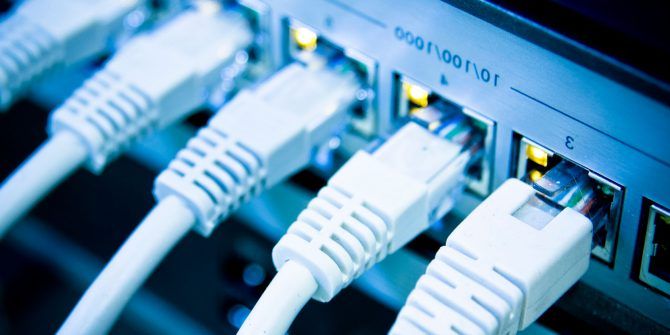
With high-speed expansion in user’s call for flexibility and scalability of communication services, broadband wireless networks are witnessing a current challenge of facilitating several broadband services using single communication architecture. This results to the development of a challenging field of multi-service broadband network architectures. Well, this webcast elaborates the basic concepts associated with broadband communication network architectures with a lot of stress on provision of multiservice, and it also emphasizes on the evolution of broadband wireless networks from the orthodox architecture to the incorporation of virtualization services. i.e. the cloud computing.
What are the different types of Broadband Wireless Network Technologies?
As the name suggests the broadband wireless network technology does not use wires to connect the device with the internet. Instead of using the wires they make use of Wireless Fidelity which is commonly used in Wi-Fi. In this process, the wireless router receives the signal, and decodes the signals. With the help of wired Ethernet Connection the signals are eventually sent over. This webcast will highlight the different types of broadband wireless network technologies:
- Fixed Wireless
What is fixed wireless? Well, it is a high-speed internet connection that makes use of radio signals for transmission. The fixed wireless connection can provide speed of 1-10 Mbps. They basically use transmission powers that are quite similar to the phone towers. All these transmission towers involved directly connects with the receiver equipment in your place and also helps communicate with providers in the ground station.
- Wi-Fi
Wi-Fi also known as the wireless fidelity is a technology that provides access to internet connection within a limited short range. Wi-Fi is usually used in DSL, cable and fiber modem. It basically connects the devices in the home or in your business area. It is easily available in common places like the airports, coffee shops, schools, offices, and colleges. They are often referred to as hot spots that provide Wi-Fi connection. But how does a Wi-Fi network work? It utilized radio waves to connect with the devices and the signal is received by the router and is decoded further by utilizing the physical connection that information is sent to the internet.
- The Mobile Wireless Technology
The mobile wireless is considered as a swift connection that refers to the 3G connection and 4G connections. Today, mobile wireless technology is one of the largely used technologies in the current landscape. It is one of those things that people are continuously working on acing the existing technology and on enhancing the transmission speeds. In the coming future, 5G is expected to hit the markets anytime soon. The mobile wireless technology needs a base station that is connected to a high-speed data transmission.
- LTE
LTE refers to Long Term Evolution. It basically is a 4G technology that comes with higher data rates and also minimizes the data latency. LTE comes with a better scalable bandwidth capacity than its 4G predecessors. LTE is quite advanced and can manage multiple things like the multicast and broadcast streams. The internet protocol based network enables flawless voice handovers.
- Satellite
There are some instances where you are largely dependent on satellite broadband services and this condition is mostly prevalent in the rural areas. Even though there might be a lot of disturbances like whether, it will be the only option that you will have by your side. Since the satellite keeps orbiting, there are chances that the connection will not be that perfect. The charge is comparatively high and there are a lot of issues that comprise of the cost of equipment, location, latency and a lot more.

